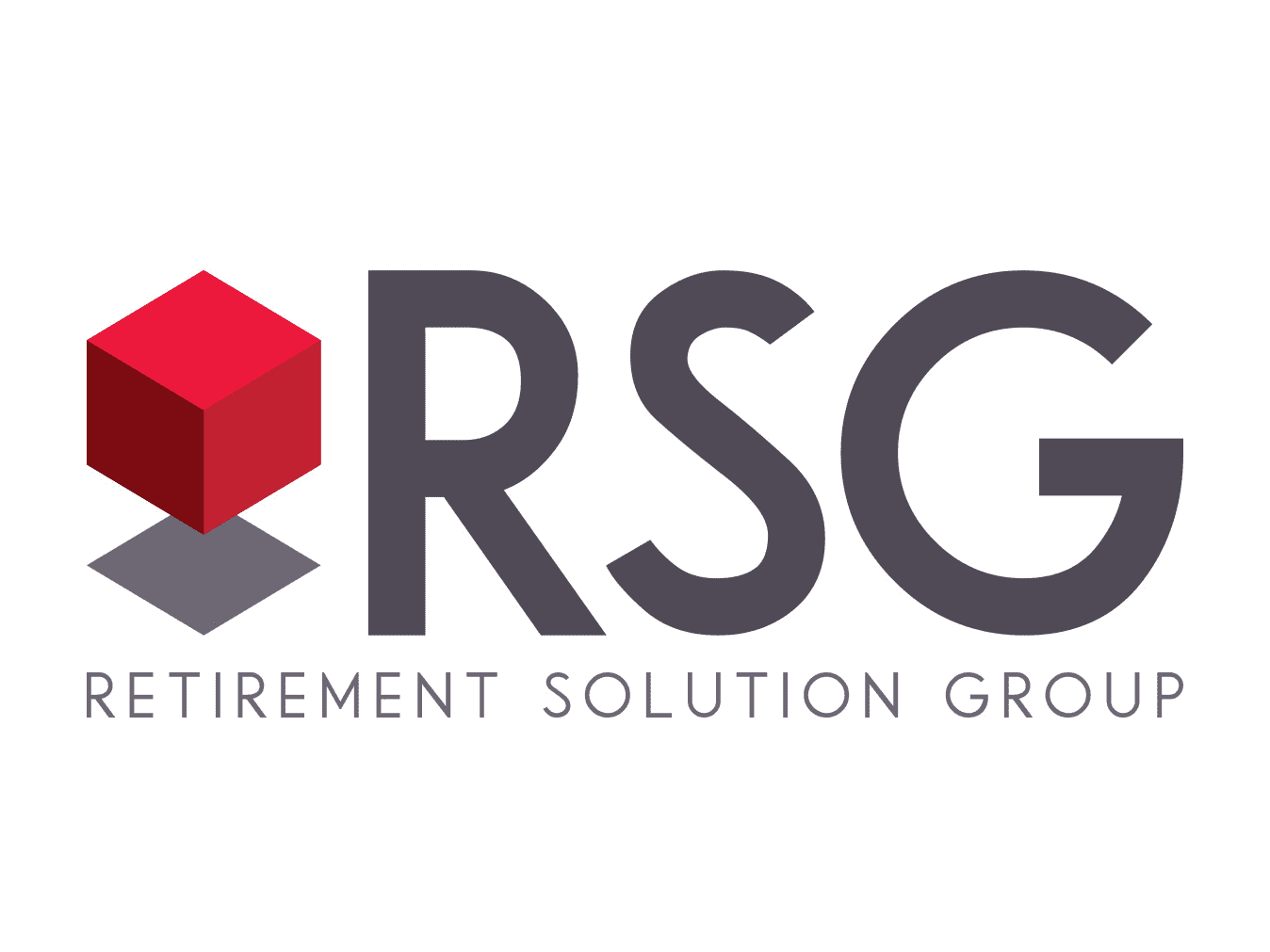A Mega Backdoor Roth lets you maximize your savings while minimizing your taxes and in the process you could put away substantially more. Understanding just these few key points about how it works as well as when and for whom it works best will help you know if this retirement plan option is right for you.
In recent weeks, we have been getting a lot of questions about Mega Backdoor Roth’s. Not surprising since adding this feature to your company’s 401(k) plan could help certain employees save even more while minimizing their taxes. The technique for doing so is a combination of After-Tax Contributions and a Roth 401(k).
What’s the buzz?? What’s the buzz tell me what’s a-happening?
I guess Tim Rice’s lyrics from the smash hit play, Jesus Christ Superstar, hold true even in the retirement world. By now, the buzz has hit a crescendo and your inbox may be filled with articles about Mega Backdoor Roth Conversion. I’m not going to re-explain every detail, but here is an article that does a great job with examples: Can retirement plan participants do mega backdoor Roth 401(k) every year? (johnhancock.com) I am going to hit the key points and hopefully, make it even easier to understand.
Knowing the differences between Roth 401(k) and After-Tax 401(k)
- Roth contributions are tested through Actual Deferral Percentage (ADP) while after tax are through Actual Contribution Percentage (ACP). This testing reviews the amounts that each participant chooses to contribute to the plan as well as the related matching contributions to ensure proportionate distribution across employees of various compensation levels.
- Roth contribution earnings are tax free while After Tax earnings are taxed as ordinary income.
Who is right for Mega Backdoor Roths and under what conditions?
Mega Backdoor Roth’s can be particularly appealing to high income earners who have not yet reached the $58,000 IRS limit and know they can easily put aside the money. If they are the only participants in the plan, it’s even better, taking the ACP testing risk out of the equation.
Next, let’s look at the plan document. A Mega Backdoor Roth can be complicated with many moving parts. A solid retirement plan advisor will check for the following provisions: Roth, After-Tax and In Plan Roth Conversion. Of course, plans can always be amended appropriately, which should be done only in coordination with the record-keeper to avoid any surprises on their end.
Plan Conversion
The conversion itself literally converts money from the additional After Tax plus earnings into the Roth. Doing this immediately will help to avoid as much earnings as possible. Remember, you are starting with After Tax earnings which is taxed as ordinary income. Going forward, any withdrawals will be tax free because they will be considered Roth.
The Hiccup
There is always one potential hiccup. With a Mega Backdoor Roth, After Tax contributions must be ACP tested. That’s important to keep an eye out for because additional contributions will move the needle towards failing this nondiscrimination test. For any plan that fails the ACP test, the After Tax contributions and earnings must be returned to the Employee.
The Right Plan and the Right Time
Mega Backdoor Roth Conversions are a great feature as long as you have the right people and provisions in your plan. If you are considering this complicated solution, RSG can help you make the necessary determinations and amendments.

